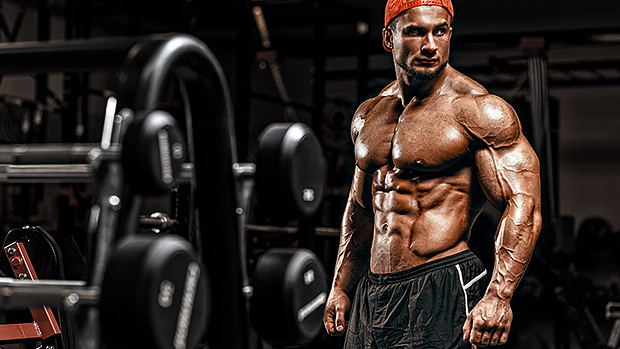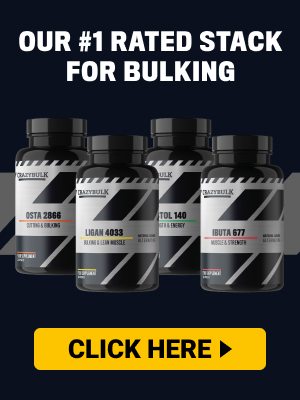Full Body vs Split Workouts — Which Is Best for Beginners?
When you’re just getting into weightlifting, one of the first questions that comes up is:
👉 Should I train my whole body every workout, or split my training into separate muscle groups?
Both full-body and split routines can build muscle and strength — but the best choice depends on your experience level, goals, and schedule.
In this guide, we’ll break down the pros and cons of each, and explain why most beginners should start with full-body workouts before moving to splits.
What Is a Full-Body Workout?
A full-body workout means you train all major muscle groups in one session. Typically, you’ll perform a push, pull, squat, hinge, and core exercise in a single workout.
Example Full-Body Session:
- Squat – 3×8–10
- Bench Press – 3×8–10
- Barbell Row – 3×8–10
- Overhead Press – 3×8–10
- Plank – 3×60 sec
👉 Done 2–4 times per week, depending on recovery and schedule.
What Is a Split Workout?
A split workout separates training by muscle groups or movement patterns. Instead of training everything in one day, you divide workouts into focus areas.
Common Splits:
- Upper/Lower Split: Day 1 Upper Body, Day 2 Lower Body, repeat.
- Push/Pull/Legs (PPL): Push (chest, shoulders, triceps), Pull (back, biceps), Legs.
- Bro Split: One muscle group per day (chest day, back day, leg day, etc.).
These are usually performed 4–6 times per week.
Pros and Cons of Full-Body Workouts
Pros:
- Great for beginners — more practice with each lift per week.
- Efficient — train 2–3 times per week and still hit all muscles.
- Builds balanced strength — less risk of “skipping leg day.”
- Easy to fit into a busy schedule.
Cons:
- Sessions can feel long (60–75 minutes).
- Hard to specialize on weak points.
- Can feel fatiguing if you train heavy on squats, deadlifts, and presses in the same session.
Pros and Cons of Split Workouts
Pros:
- More volume for each muscle group per session.
- Easier to target lagging muscles (e.g., extra bicep or shoulder work).
- Better for intermediate/advanced lifters who need more stimulus.
Cons:
- Requires more training days per week (4–6).
- Missed sessions mean skipped muscle groups.
- Less efficient for beginners who don’t need that much volume yet.
Which Is Better for Beginners?
For beginners, a full-body workout program is usually the best choice. Here’s why:
- Faster learning — you repeat core lifts (squat, bench, row, deadlift) several times per week, so technique improves quickly.
- Stronger progress — muscles get trained more frequently, which is ideal for beginners adapting to new stress.
- Time efficiency — 3 workouts per week is manageable for most people.
- Balanced development — you train all muscle groups evenly, reducing the chance of neglecting legs or back.
💡 After 6–12 months of consistent full-body training, many lifters transition to a Upper/Lower split or Push/Pull/Legs to add more volume.
Sample Beginner Full-Body Routine (3x/Week)
Day A
- Squat – 3×8
- Bench Press – 3×8
- Barbell Row – 3×8
- Plank – 3×30–60 sec
Day B
- Deadlift – 3×5
- Overhead Press – 3×8
- Lat Pulldown or Pull-Up – 3×8
- Side Plank – 3×30–60 sec
Alternate between Day A and Day B, resting at least 1 day between sessions.
When to Move to a Split Workout
You may be ready for a split routine if:
- You’ve been training consistently for 6–12 months.
- You want to increase training frequency beyond 3 days per week.
- Your lifts are plateauing and you need more volume to progress.
- You’re interested in bodybuilding-style muscle growth and want more specialization.
A good next step is an Upper/Lower split 4x per week before advancing to a Push/Pull/Legs split.
FAQs: Full-Body vs Split Workouts
Q: Can you build muscle with full-body workouts?
Yes. Beginners can gain muscle very effectively with full-body training — often more efficiently than splits.
Q: Are split workouts better for fat loss?
Not necessarily. Fat loss comes from nutrition. Both full-body and split routines can support fat loss if combined with a calorie deficit.
Q: Which builds strength faster?
Full-body training often builds strength faster for beginners because you practice lifts more frequently.
Conclusion
If you’re just starting out, the answer is clear: full-body workouts are the best choice for beginners. They’re efficient, effective, and build a strong foundation of strength and technique.
Once you’ve built that base and want to specialize, you can transition to a split program that matches your goals.
👉 Next read: Beginner Full-Body Workout Plan You Can Start Today





